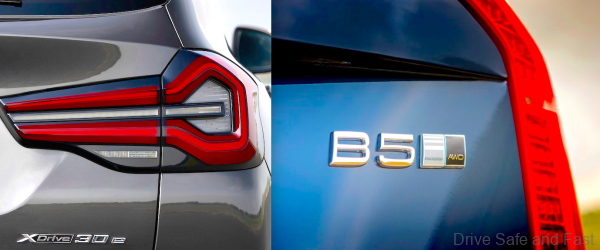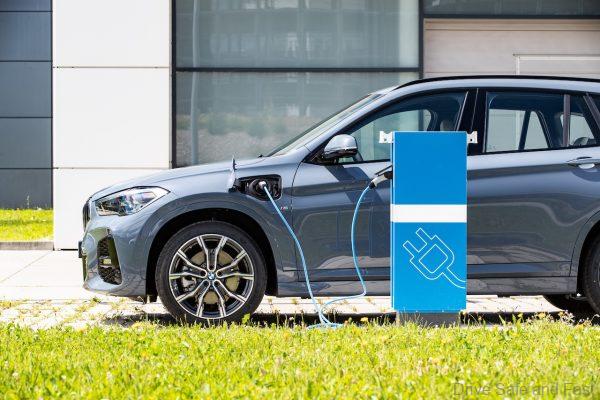We think automotive sales will reduce due to impulse demand in 2022.
According to a recent report from the Economist Intelligence Unit, new automotive (car) sales will slowdown in 2023, especially in Europe and the US.
In their detailed report which was shared with www.dsf.my, they say, “we expect global new-car sales to rise by just 0.9 percent globally, held back by squeezed consumer spending, high commodity prices and production shutdowns caused by supply-chain disruptions”.
Meanwhile, new-car sales in western Europe will decline by about 3 percent, while they will fall by 2.4 percent in North America. Meanwhile, new commercial vehicle sales will fall by 1.3 percent globally, amid an expected recession in the Euro zone and slower GDP growth in the US and China.
Overall, this means that, following a decline in 2022, new automotive sales will rise only marginally in 2023, led by growth in Asia, the Middle East, Africa and Latin America.
As a result, global new automotive sales in 2023, at 79m, will still fall short of pre-pandemic levels of 88m units.

They continue to share this, “our forecast will remain vulnerable to considerable risks, including an escalation of the Russia-Ukraine war, possible energy shortages in Europe and a chance that the global economy may slip into recession”.
Meanwhile, Asia will lead in new car sales and this we can clearly see even now as new models like the Toyota Veloz and Honda HR-V are continuing to dominate markets in Asia together with current best sellers like the Mitsubishi Xpander (see brisk sales in Malaysia, Indonesia and Vietnam.
Then there is the ‘Chinese’ invasion in ASEAN. Brands like Chery, Great Wall Motors and BYD have moved the technology and production quality up to Japanese and Korean auto brands and with slightly lower price point.
We have already seen their aggressive move into ASEAN with new factories in Thailand and Indonesia and plans for Malaysia are in progress.
Interestingly, some of these Chinese automotive brands have been in ASEAN before, but they failed to make an impact due to poor quality and lacking after sales.

All that has changed now and they are on an offensive which will give long established Japanese car manufacturers with large factories in ASEAN a ‘run for their money’.
With this heated competition and a rising middle class in ASEAN, these auto brands will be able to keep the total sales momentum of new cars moving in the region.

